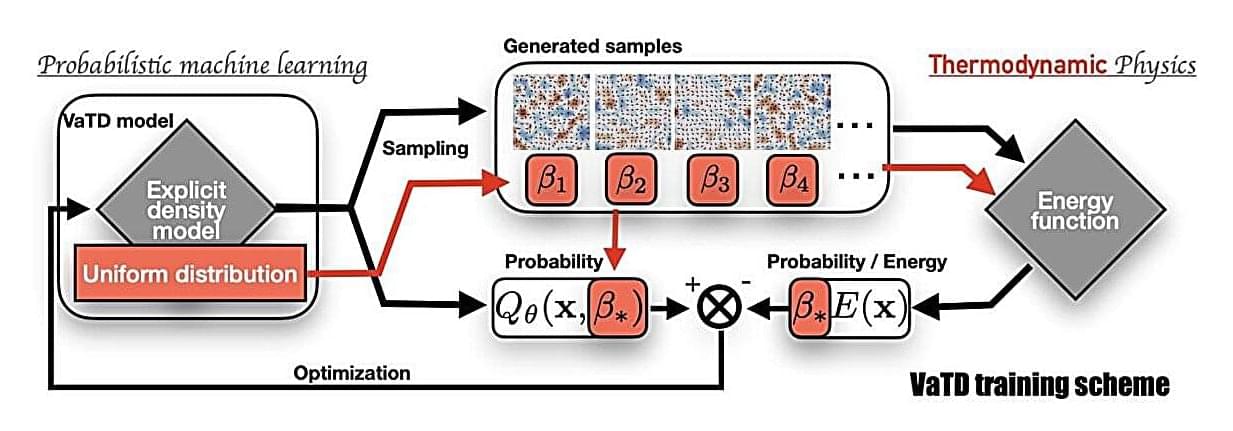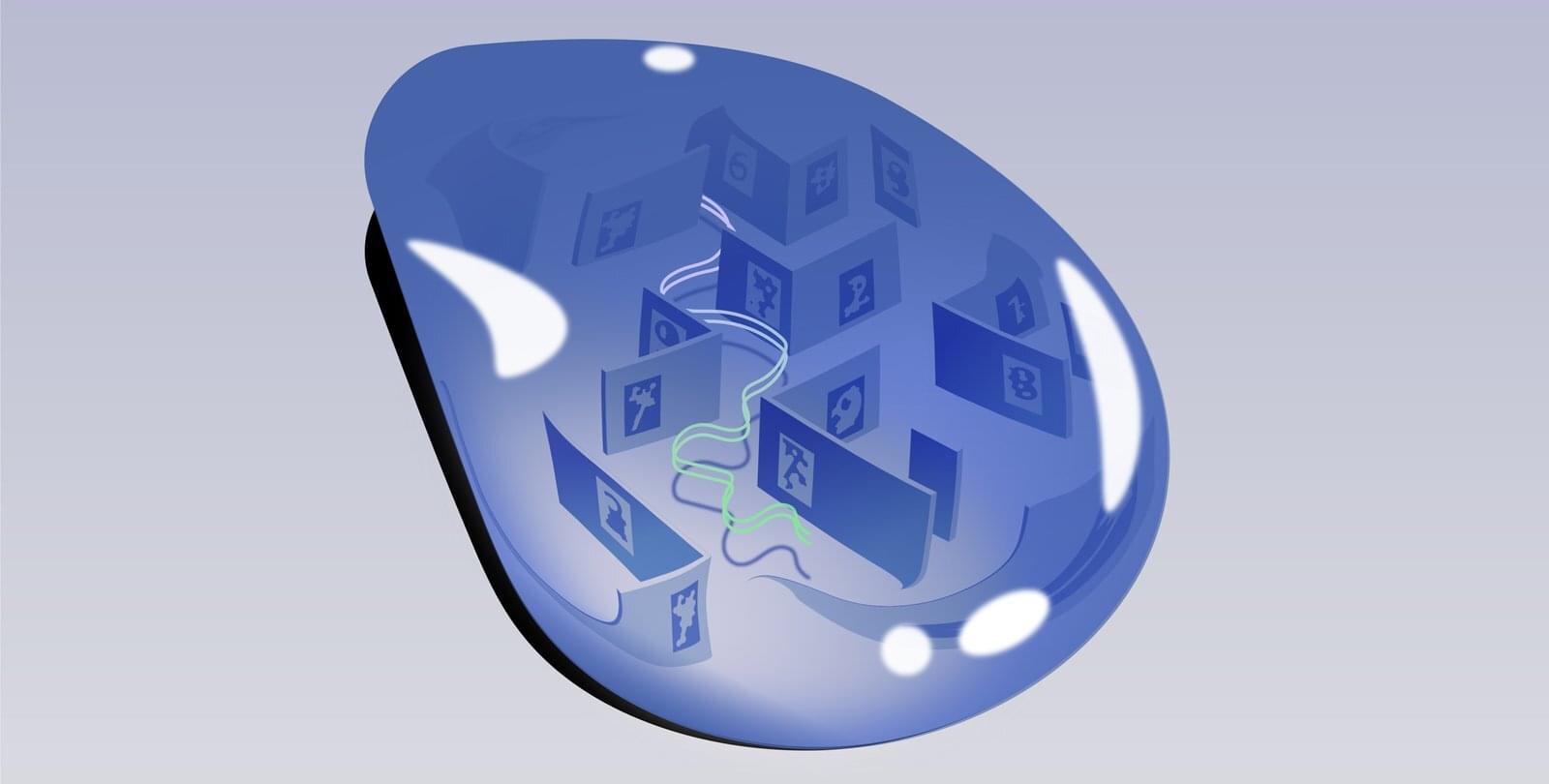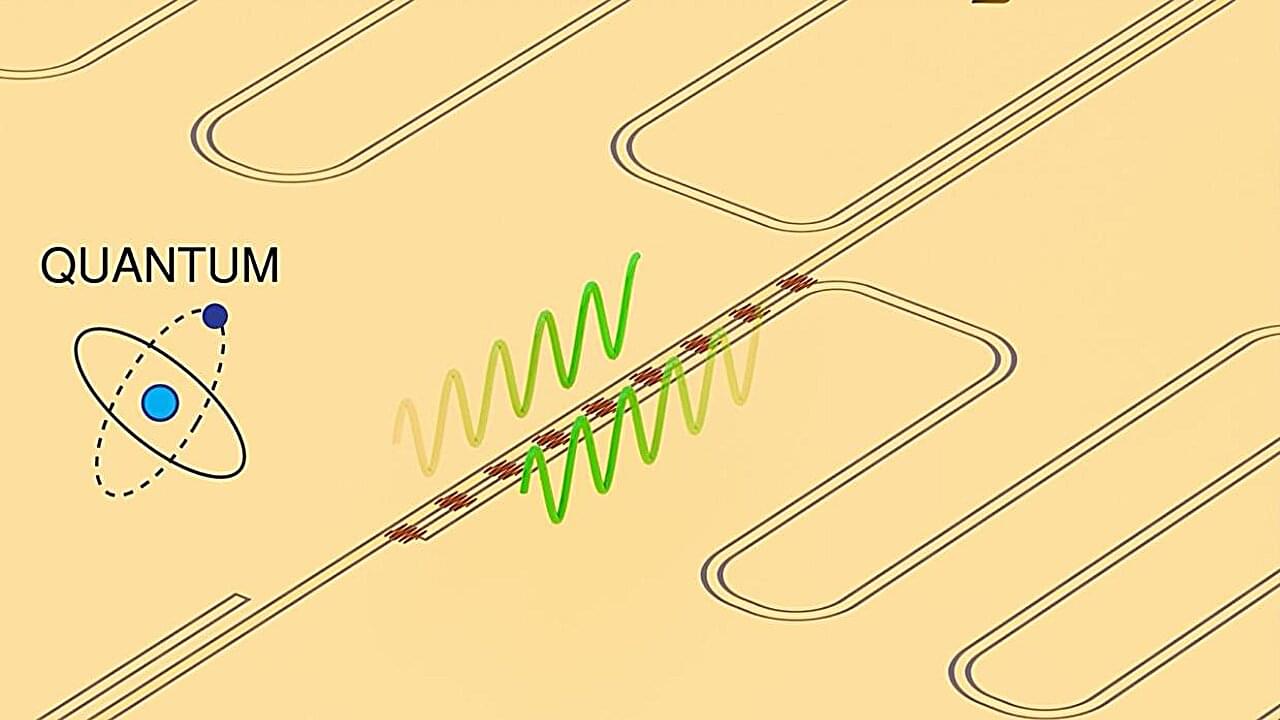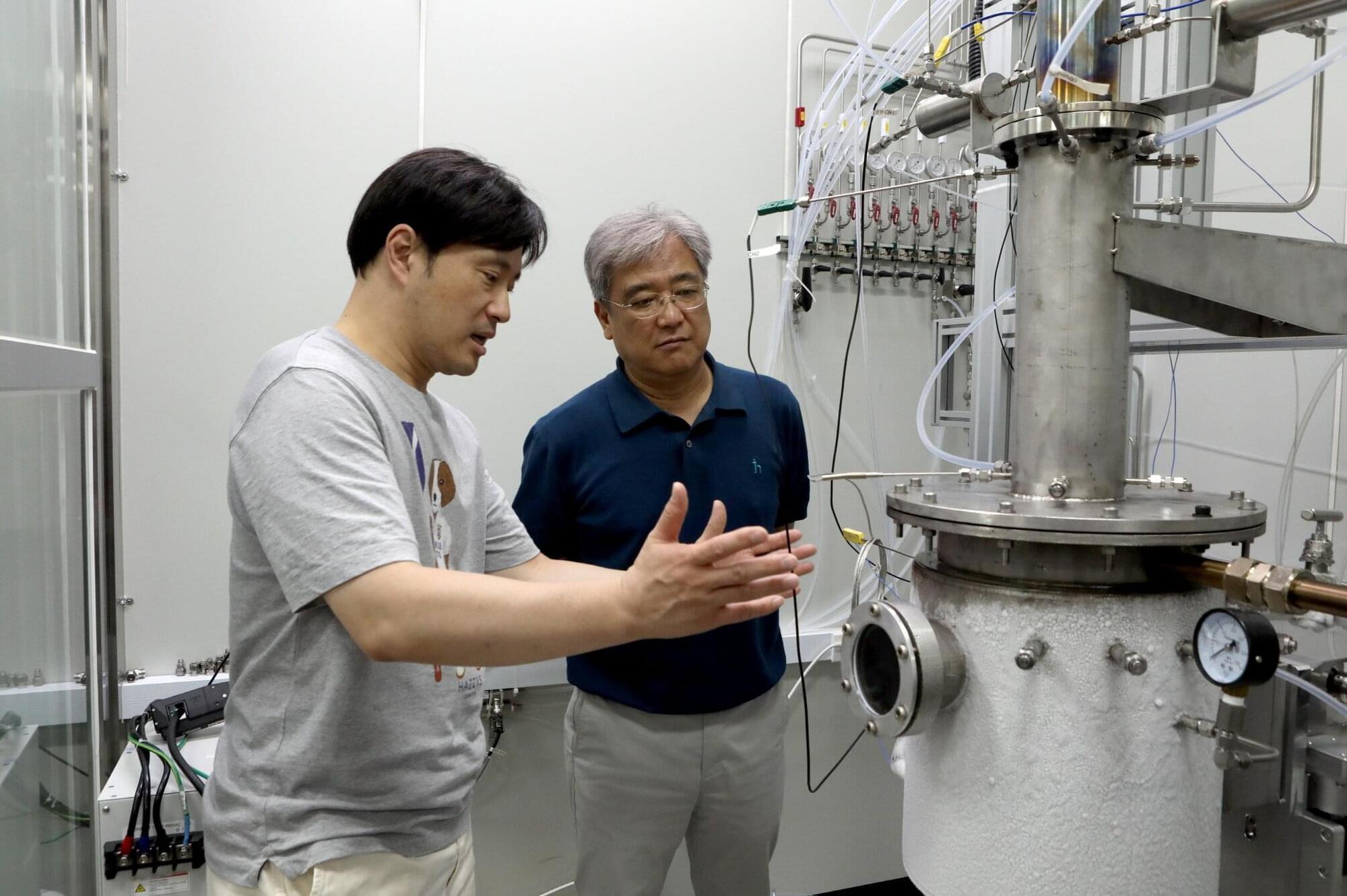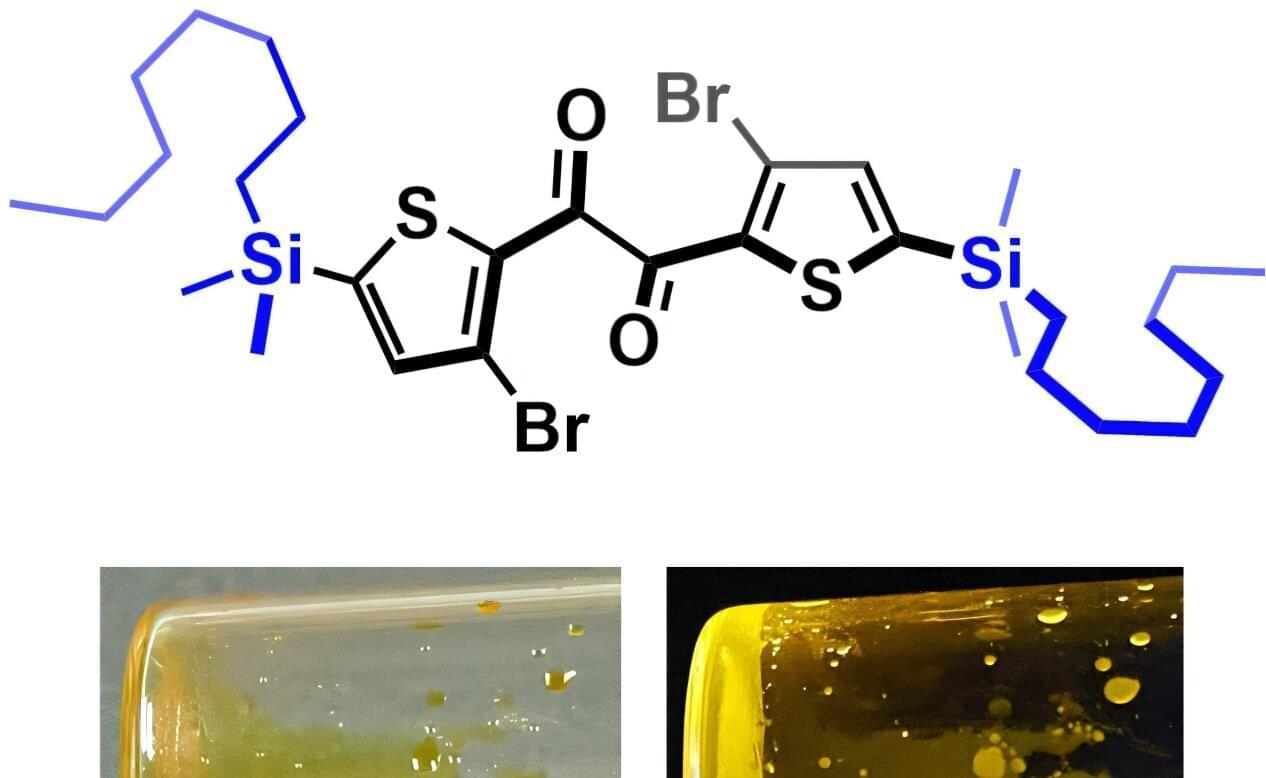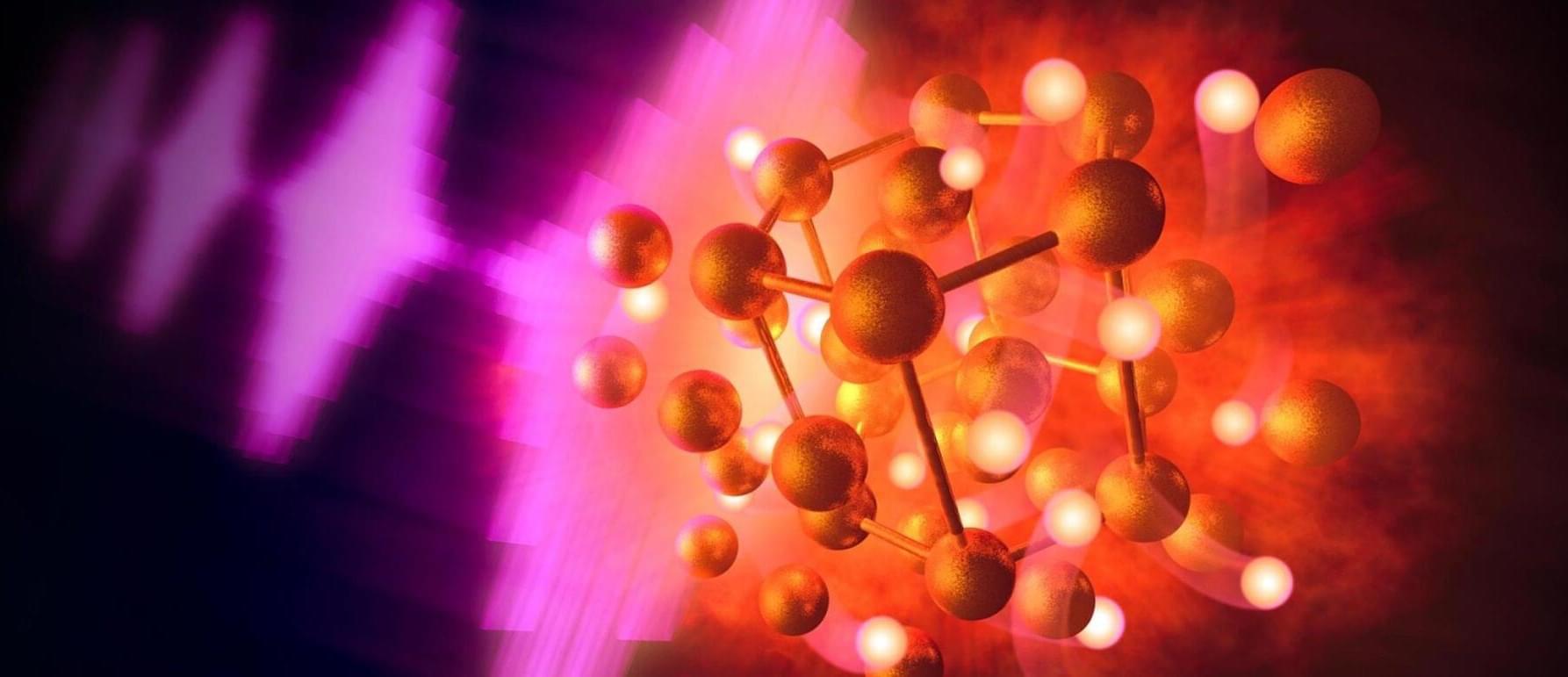A research team has developed a novel direct sampling method based on deep generative models. Their method enables efficient sampling of the Boltzmann distribution across a continuous temperature range. The findings have been published in Physical Review Letters. The team was led by Prof. Pan Ding, Associate Professor from the Departments of Physics and Chemistry, and Dr. Li Shuo-Hui, Research Assistant Professor from the Department of Physics at the Hong Kong University of Science and Technology (HKUST).
